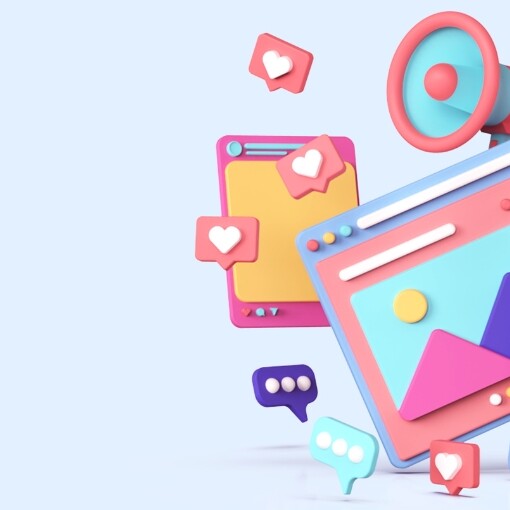Share this article:
Related Resources
A Night of Victories Beyond the Field and into the Heart of Gen Z
The dust has settled on #SuperBowlLVIII, leaving us to ponder the echoes of an event that was more than a…
Discover the Top 5 Key Market Research Objectives in the Financial Service Sector for 2024: A Consumer-Centric Approach
At Insights in Marketing (IIM), as we enter 2024, our focus is sharply attuned to the evolving consumer landscape…
Navigating Consumer Perceptions of Security in Financial Services: Insights and Strategies
In the digital era, where financial services are increasingly online, consumer concerns about security are…
Navigating the 2023 Holiday Shopping Landscape: The Role of Social Media Marketplaces
The holiday shopping season of 2023 is witnessing a transformative shift, thanks to the burgeoning influence of…




